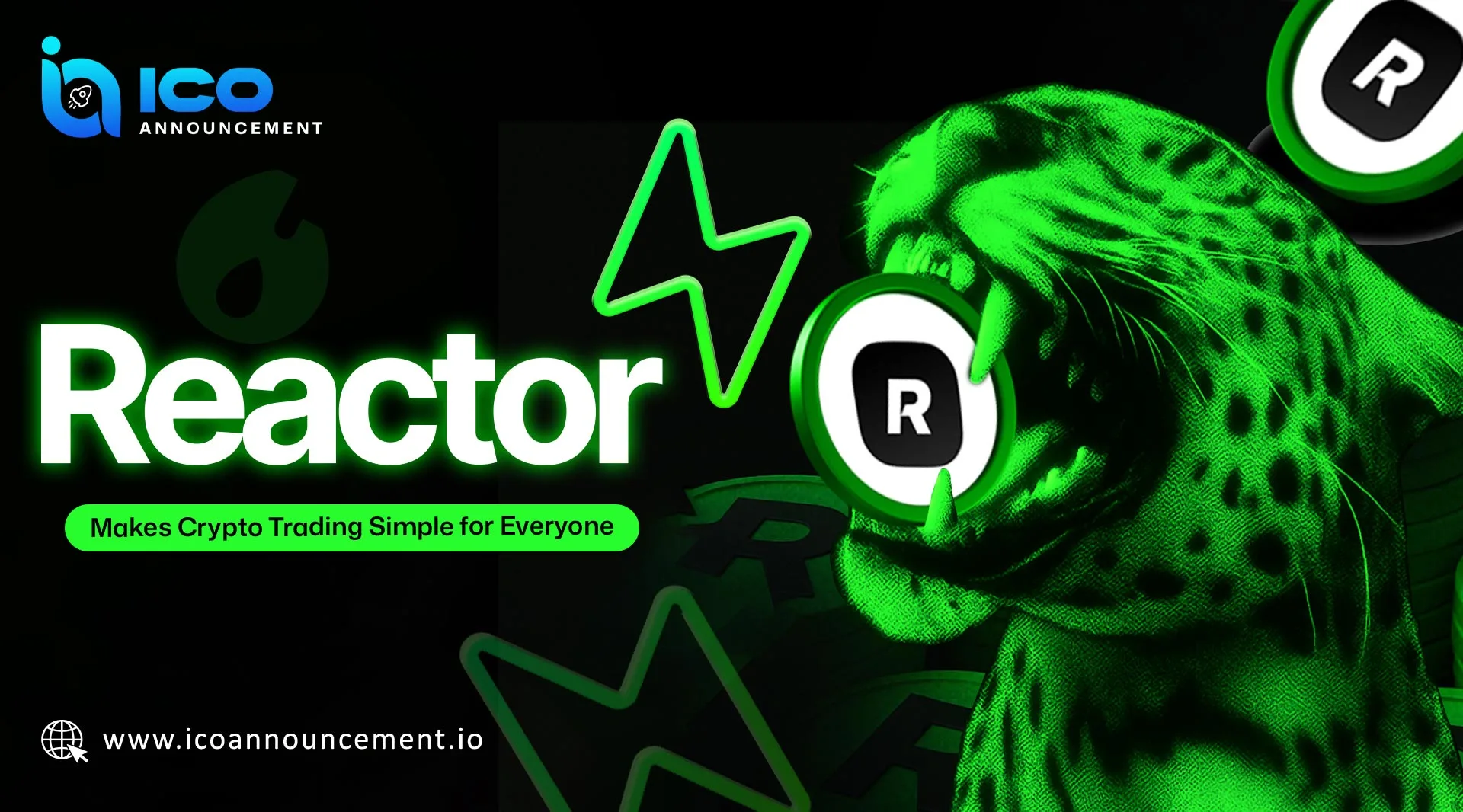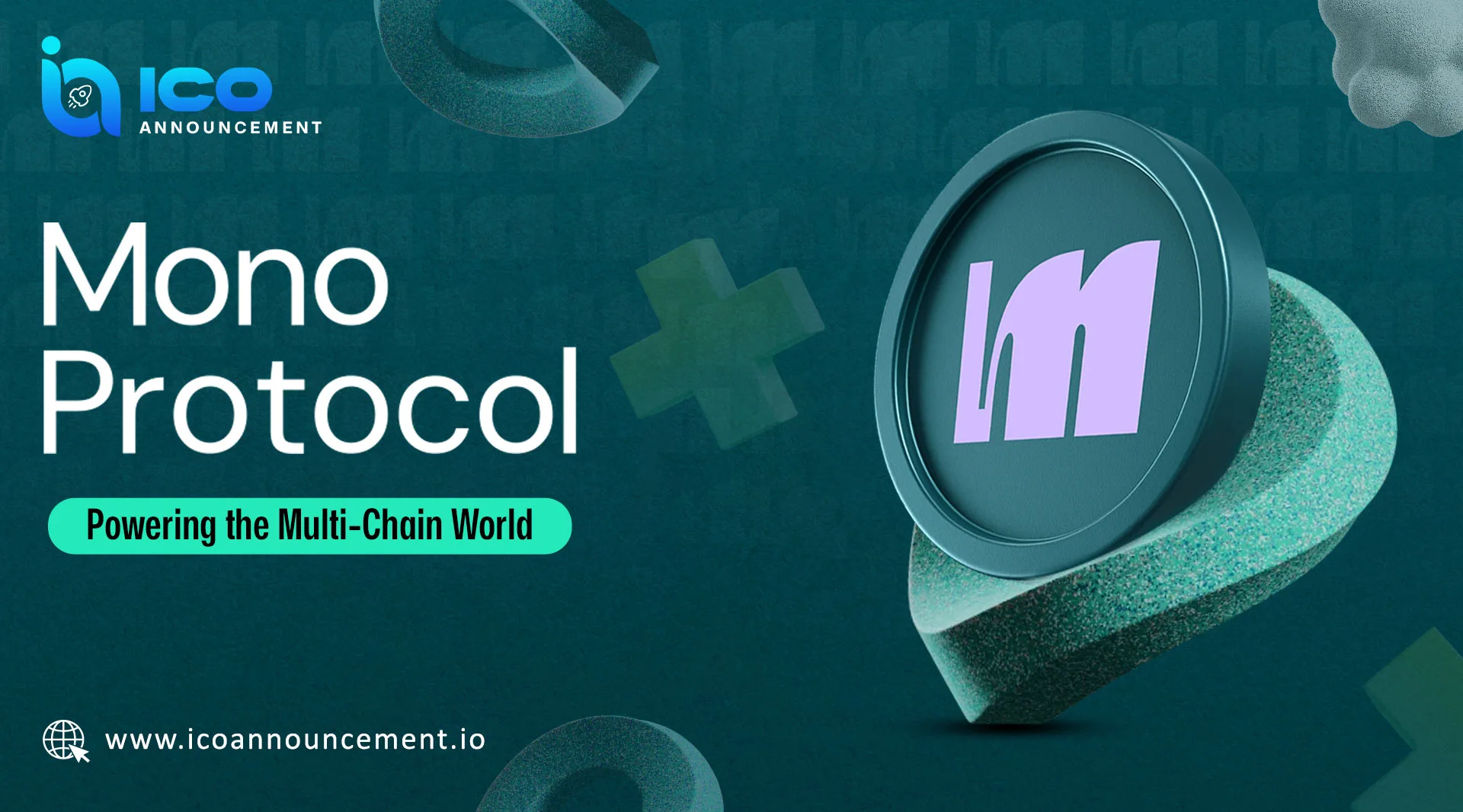Helix Labs: Transforming DeFi With Cross-Chain Restaking Power

A Deep Dive Into Helix Labs ICO, Features, Challenges, and Future
In the fast paced world of cryptocurrency, a single name can refer to multiple chains.
Helix labs is a decentralized finance innovation dedicated to unlocking the full economic potential of staked cryptocurrency assets across multiple blockchain. It uses engineFi vault- A liquidity vault system that enables cross-chain staking, allowing L1 stakers to earn additional yield while retaining native staking rewards. Its native token is $LIX.
The helix lab ICO gives the opportunity to early supporters to become a part of the product journey and get exciting rewards after their token gets listed publicly.
Advantages of $LIX
$LIX is a great support to investors in the crypto world. Let us discuss its advantages in details-
- Zero gas fees- transactions are fast and affordable, $LIX offers zero gas fees on all trades.
- Best user experience- the platform accesses a clean user interface for both new and experienced users with real time data market visualization.
- Staking and restaking- Users can stake their token at layer1 and they can also restake them or allow those staked tokens to earn extra yield.
- Cross chain liquidity- As Helix Labs connects across multiple chains through its liquidity coordination layer, restaked assets can flow where they are needed the most.
- Security and decentralization- $LIX model is supporting services that need various approval and security. Restaked assets help secure these services.
- Partnership and ecosystem integration- Helix Labs also works with network like avail to improve how data and liquidity work across chains.
ICO Launch
$LIX is an innovative project. In its upcoming ICO, it is offering tokens to their early supporters to earn exciting rewards and prizes.
ICO details
Start- October 26, 2025
End- November 30, 2025
Total supply- 1,000,000,000
% of supply- 1.33%
Token price- 0.06
How to buy
- Visit Helix Labs Website
- Create a wallet that can support blockchain
- Be a part of its ICO from the official website and choose an amount to invest.
- Get token after ICO ends
- Stake and use token in vaults and DeFi
Challenges of $LIX
Unlike all ICO, It also have some risks which we need to understand.
- Security risk- As use slashing, a system where validators can have their staked assets partially destroyed, if they fail to meet the conditions of the network they are securing. Software bugs and malicious activity could trigger a slashing event, leading to a loss of users staked $LIX.
- Price volatility- The $LIX is highly volatile and has a limited history for investors to analyze.
- Competition – there are many established projects in the crypto world and helix labs as new projects face some difficulties to compete with them and make their position in the market.
- Smart contract and risk bugs- As restaking, vaults and cross chain operations involve complex smart contracts. If there are bugs, assets could be at risk.
- Liquidity risk- As retasked tokens promise utility, under market stress or low demand, those tokens may be hard to convert or may trade at a discount.
- Uncertainty- Protocols that enable staking, cross chain liquidity and yield might attract regulatory oversight that result in change in rules.
Applications of $LIX
- Restaking asset liquidity- The protocol allows holders of layer1 assets to participate in staking, which can enhance their yield potential
- Liquidity abstraction- It also uses liquidity abstraction to connect different blockchain networks, making it easier to move and use assets across multiple chains.
- MoveVm rollups- Helix labs is designed to support future rollups that use MoveVM technology, a significant development for interoperability in the blockchain space.
- Increased token utility- By integrating with other protocols and providing new financial mechanisms, By integrating with other protocols and providing new financial mechanisms, Helix Labs increases the utility of various crypto tokens.
- Expanded EigenFi capacity– It expands the capacity and functionality of EigenFi, a platform for liquid staking derivatives, bringing more liquidity to decentralized finance (DeFi)
- Liquidity as a service- The protocol offers a liquidity as a service function, which strengthens and interconnects the overall blockchain ecosystem by ensuring there is always enough liquidity available.
Future overview of the $LIX
It is still in its early stages and its future scope lies in becoming a core infrastructure layer for restaking, liquidity and interoperability across multiple blockchain networks.
- Expansion on staking multichain infrastructure- One of the most promising directions for Helix labs is its expansion into multichain restaking infrastructure. Helix labs aims to create a unified network that connects multiple blockchain.
- DeFi liquidity hub for staked assets- Future vision of Helix vaults and its EigenFi platform will likely integrate with major DeFi platforms such as Curve and Uniswap to make it usable everywhere.
- Growth in actively validated staked ecosystem- Helix Labs support Actively validated services which are decentralized services that depend on network validators for operations and security. In future Helix Labs could expand to provide customized AVS services.
- Integration with real world assets- It integrates LRTs or restaked collateral into RWA protocols.
- Dao governance and community ownership- Establishment of Helix Dao gives community members parameters like vault rewards and validators services.
Conclusion
It has the potential to establish itself in the crypto world. Its ideology of restaking, liquidity abstraction and cross-chain DeFi is making it different from others. The project has many promising features but at the same time crypto projects are not safe so it also has some challenges. Those who want to invest in Helix labs should be very careful and research thoroughly.
Disclaimer
This content is for educational purposes only and not financial advice. Always do your own research before investing in such projects to avoid risks.






